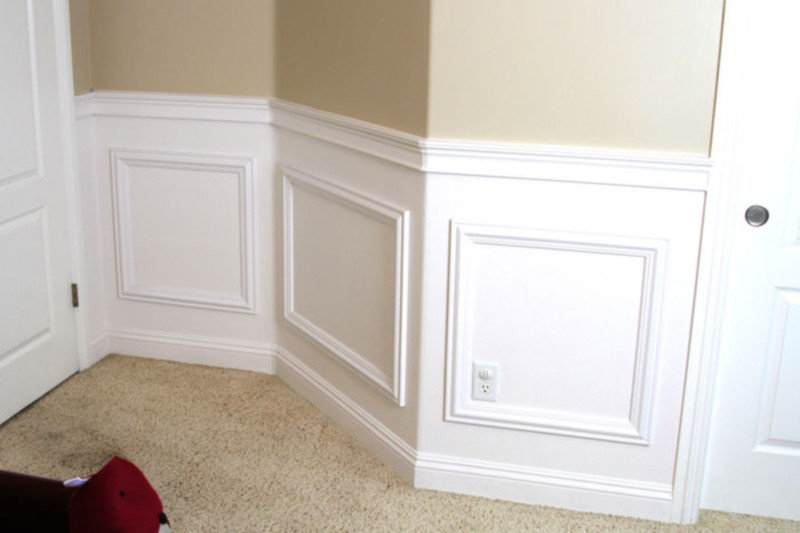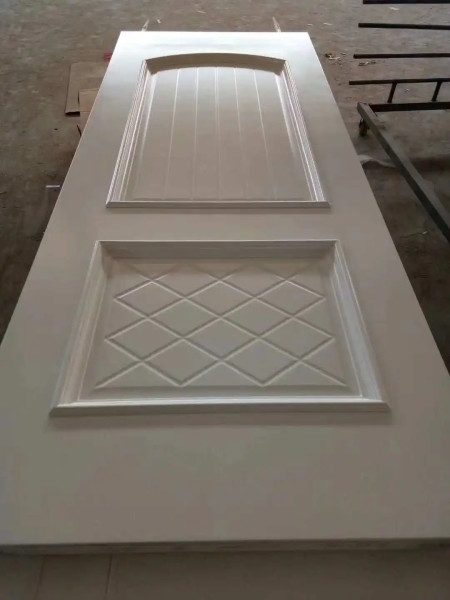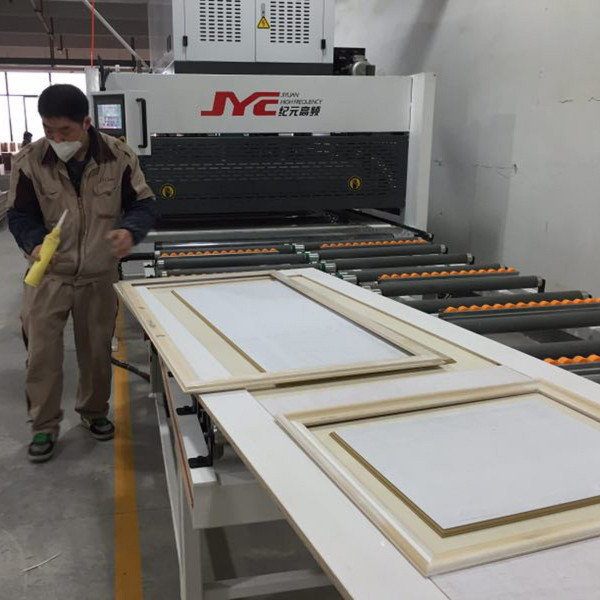
What is Decorative Wood Molding?
2024-08-28 15:46What is Decorative Wood Molding?
Decorative wood molding, often referred to as trim or bead molding, plays a crucial role in enhancing the aesthetic appeal of wood doors and wall surfaces. This decorative element adds a refined and elegant touch, complementing both traditional and modern interior designs. Applying these decorative moldings can be made significantly more efficient and effective with high frequency (HF) heating technology.


The Role of High Frequency Heating Technology
Traditionally, the application of decorative wood molding involved manual processes and extended curing times for adhesives. However, advancements in technology have streamlined this process with the use of High Frequency Wooden Decorative Lines Door Panels Pressing Machine. These machines offer a modern solution by utilizing high-frequency electric fields to heat and cure adhesives rapidly.
How Does High Frequency Heating Work?
Radio Frequency Wooden Decorative Lines Door Panels Pressing Machine operate by generating electromagnetic waves that produce heat through dielectric heating. When applied to adhesives, this method provides rapid and uniform heating, which accelerates the curing process. The key advantages of this technology include:

1. Speed and Efficiency: Radio frequency heating allows for quick curing of the adhesive, significantly reducing the time required for the molding to set and adhere to the wood surface. This efficiency enhances production throughput and minimizes downtime.
2. Precision and Consistency: The controlled heating environment ensures that the adhesive cures evenly, resulting in a consistent bond between the decorative molding and the wood surface. This precision is crucial for achieving a high-quality finish.
3. Enhanced Adhesion: The effective and uniform heating provided by HF technology improves the adhesive’s bond strength, leading to a durable and long-lasting application.
The use of high frequency heating technology in applying decorative wood molding represents a significant advancement in the woodworking industry. By speeding up the curing process and ensuring a strong, consistent bond, this technology enhances both the efficiency and quality of the application. As a result, professionals can achieve superior results and offer clients a refined and polished finish for wood doors and wall panels.
